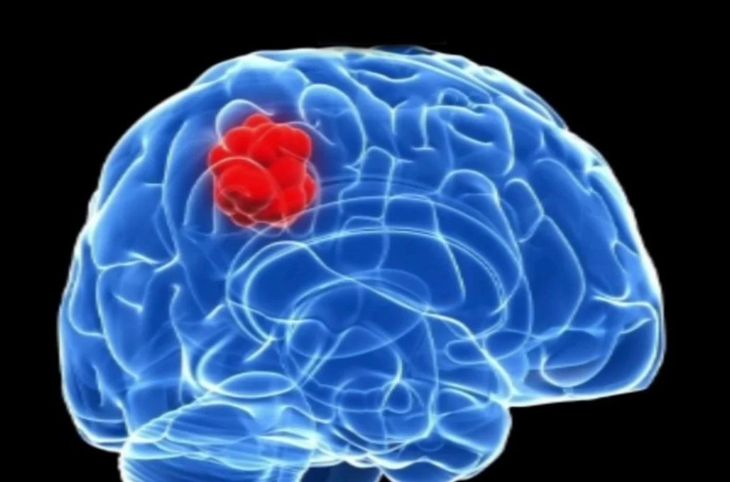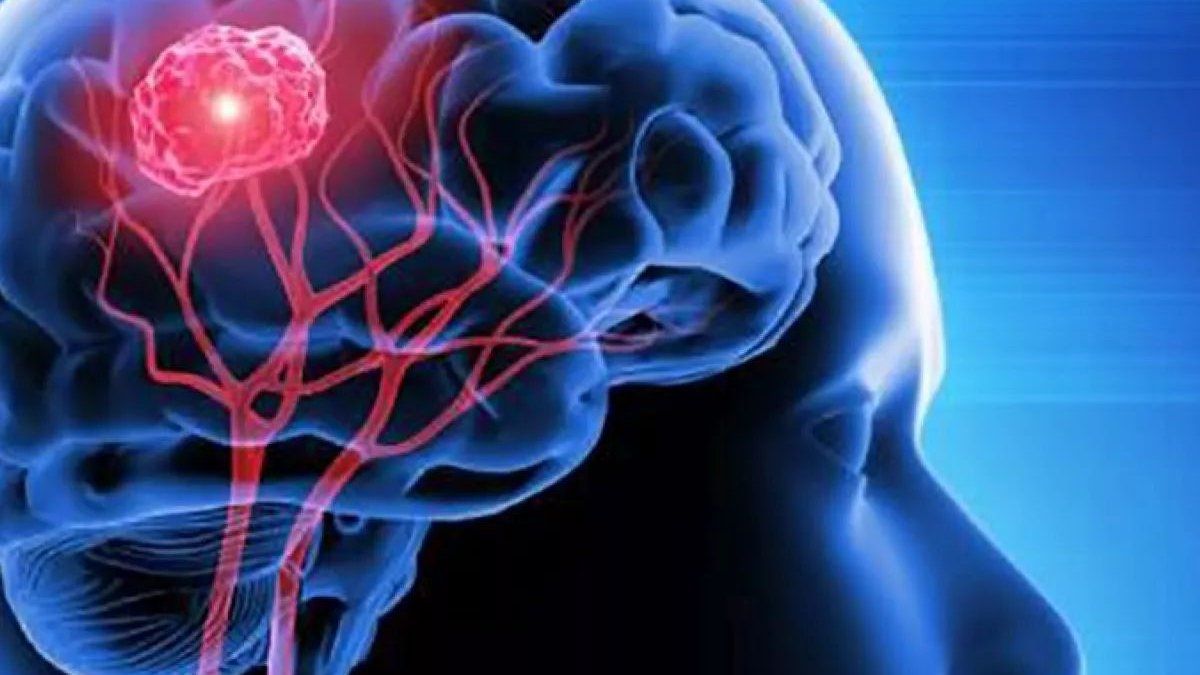“This could be very useful for guided surgery images, for example,” Han Xiao, one of the Rice University researchers, told reporters. “A doctor could determine where the boundary is between normal brain tissue and tumor tissue“, he added.
brain-photo.jpg
How the device will work to detect brain tumors
If we think of a Aquarium or in a dance club, probably comes to mind the colorful glow emitted by some objects or surfaces, when they are under a black light. Known as fluorescence, this glowing effect can be useful to make visible some things that would otherwise pass unnoticed.
“Fluorescence Imaging have already been used to to detect the cancer in different parts of the body”, Xiao explained. And along these lines, he adds that “the advantages of a fluorescence probe are its high resolution and the possibility that adapt the probe to read different substances or activities”.
the deeper can be a tissue or organthe longer the wavelengths necessary to discern the presence of small fluorescent molecules. For this reason, the second near-infrared channel, with wavelengths of 1,000 to 1,700 nanometers is especially important for deep tissue imaging. For reference, the wavelengths of visible light vary between 380 and 700 nanometers.
brain-cancer-brain-tumor.jpg

“Our tool it is very valuable for deep imaging because it works in the brain NIR-II region“, Xiao explains. “Unlike NIR-II wavelengths, fluorescent effects in the visible spectrum or with near-infrared wavelengths between 600 and 900 nanometers (NIR-I) only allow for in-depth imaging“, he added.
Being able to get brain images, poses a special challenge not only because of the depth and accessibility of the brain tissue, but also because of the overcoming of the blood brain barriera layer of cells that acts similar to a highly selective filter, to restrict the passage to substances from circulatory system to the Central Nervous System.
“People always want to know what exactly happens in the brainbut it was always very difficult design a molecule that can penetrate the blood-brain barrier. Until the 98% of small molecule drugsapproved by the US Food and Drug Administration (FDA), cannot,” explains the investigator.
Beyond the brain, the dye developed by this chemist counts much longer lasting than indocyanine greenthe only small molecule NIR dye FDA approved for use as a contrast agent. A longer duration means that investigators now have more time to record fluorescent trace before it is removed.
“When exposed to light, the trace of the indocyanine green dye deteriorates in secondswhile our coloring leaves a stable trace for more than 10 minutesXiao finished.
Source: Ambito
I am an author and journalist who has worked in the entertainment industry for over a decade. I currently work as a news editor at a major news website, and my focus is on covering the latest trends in entertainment. I also write occasional pieces for other outlets, and have authored two books about the entertainment industry.




